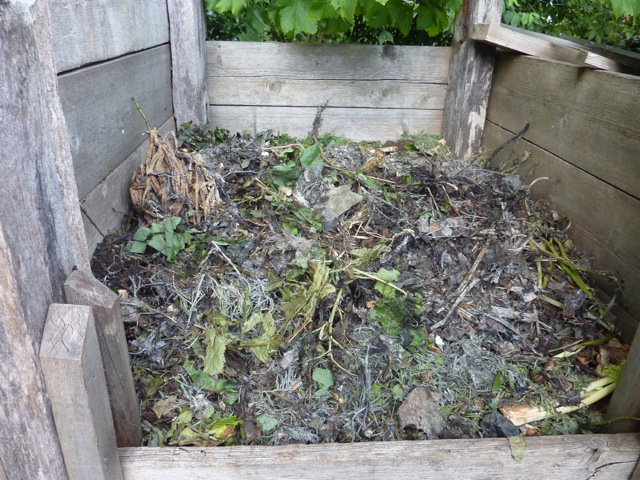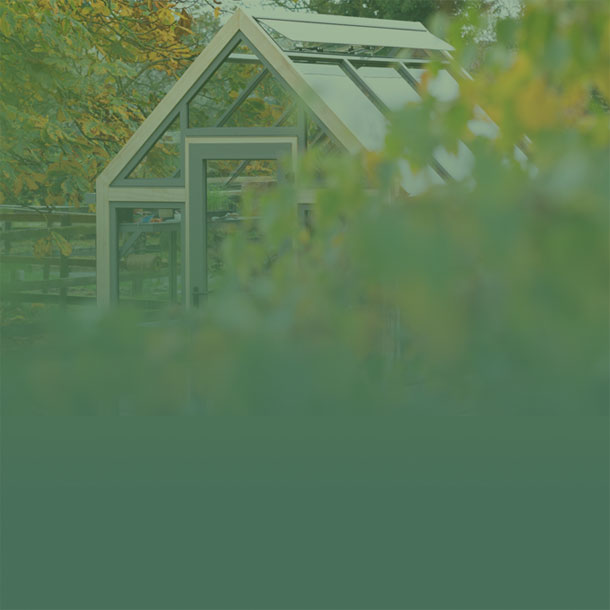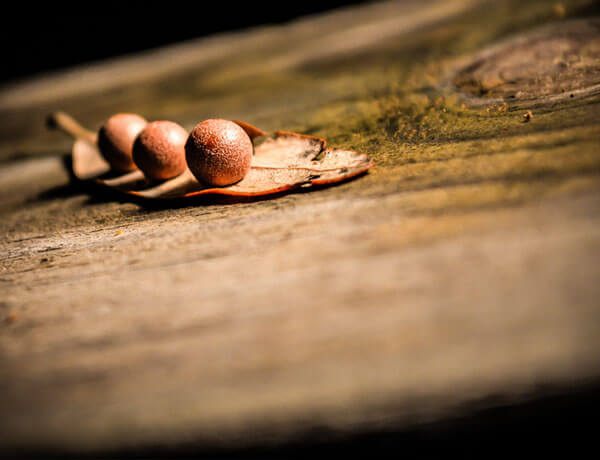-

How to choose a Compost Bin for your Garden
16th July 2011 • General • Stephanie DonaldsonWhere will you put it?
There is no point in putting your compost bins in the furthest, least accessible corner of the garden. It needs to be easy to get at and easy to fill or you just won’t use it. If you have the choice, partial shade is ideal – a bit of sun and a bit of shade will help the composting process along nicely.

Avoid an inaccessible spot for your compost heap
What should it look like?
Will it be on view or can you conceal it somewhere where it is easy to get to but out of sight? If it can be seen you will want it to look good; if it is concealed then any commercially available plastic composter will probably fit the bill. Slatted wooden compost bins usually look nicer and can be integrated into the garden without being an eyesore. Compost bins disguised as something else, for example a beehive, often sacrifice functionality for looks and are too small for any but the tiniest garden.

Large bins are best built in situ
How much Room do you Have?
For composting to work well you need two, or even better three bins :
- one in use
- one full and composting away
- and the third with compost that is ready for use.
You can manage without the third by bagging up compost when it is ready. The size of the bins will be dictated by the space you have available, but the general rule is to make each compost bin as large as possible because the composting process is more efficient in large bins. If you have ample space it will probably be worthwhile building your own bins (or getting someone to do it for you) as most commercially available bins are around 1m to 1.5m square. If you are looking for inspiration, these days the RHS and many National Trust gardens have composting areas that can be visited to see how the experts do it. Just bear in mind that these are often open bays rather than bins because they use a tractor to turn the large quantity of composting material – something that is not available to the average gardener!
© Stephanie Donaldson









